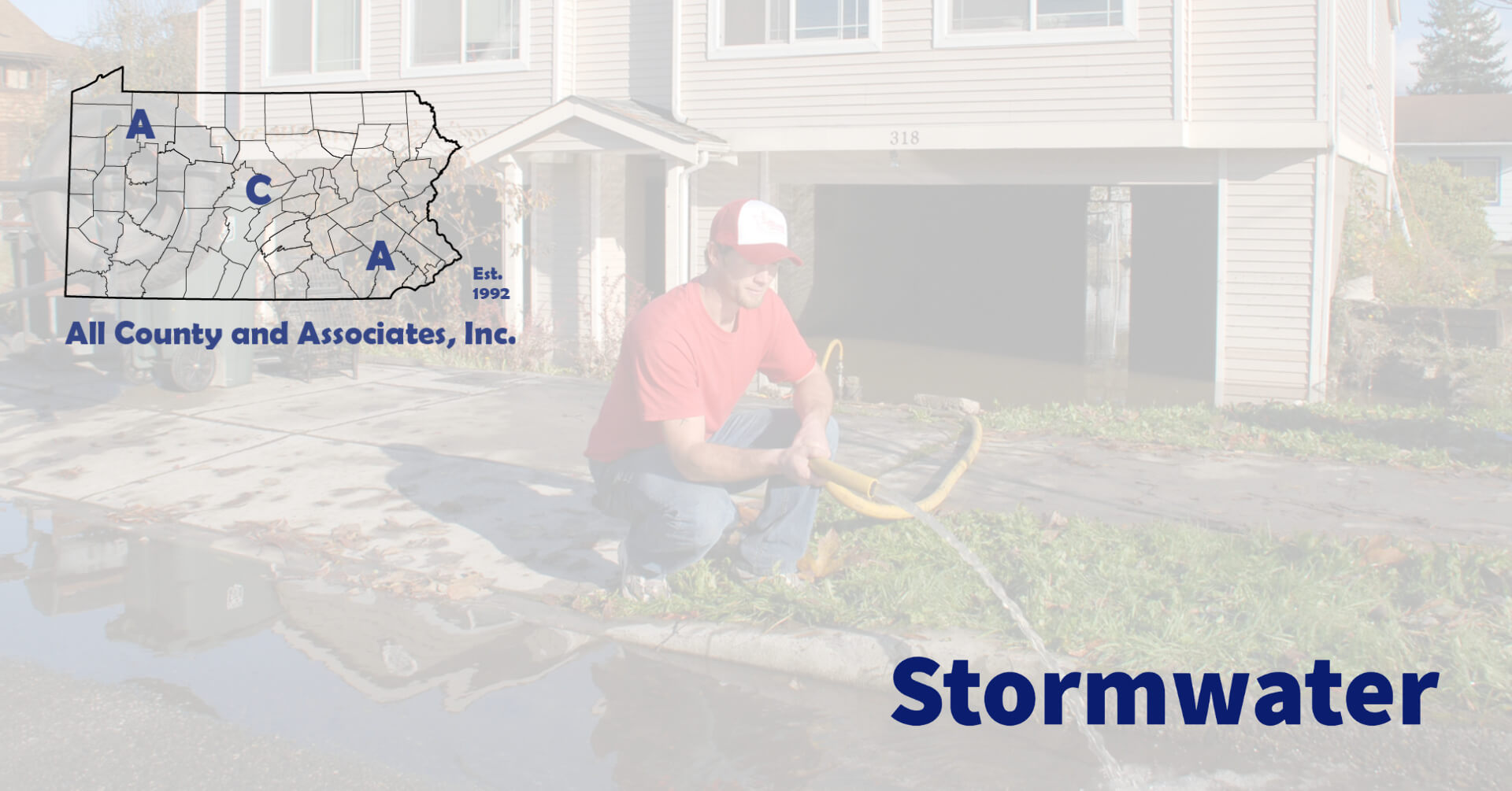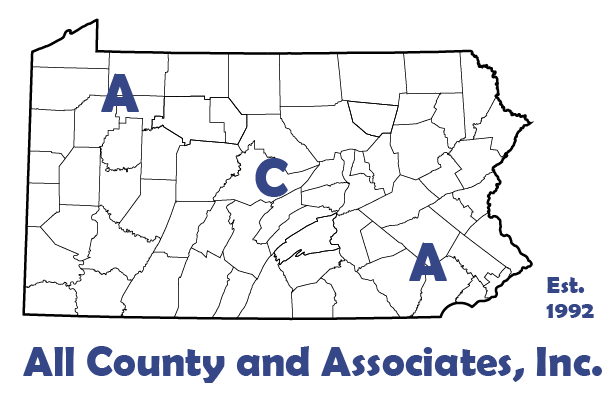
Today, exterior home improvement projects face many regulations. With impervious coverage being one of the most frequent ordinance limits. Let’s take a look at the why, how, and what of impervious coverage.
Why Is Impervious Coverage Such a Problem?
Over the past twenty years, stormwater has become a focal point, but this was not always true. As the alure of suburbia grew, so did residential developments. The developments of the 70s, 80s and even early 90s broke properties into 0.25-acre to 0.5-acre parcels. This took farmland, or woodland, and converted it to asphalt roads, rooftops, and lawns. Thus, providing each owner their own little slice of suburbia. But these projects did not keep land for open space or stormwater.
A New Jersey study found a residential lot contains 29.6% impervious cover. This causes increased runoff, while transporting more chemicals. Thus, leading to flooding, erosion and degraded waterways.
How is Impervious Coverage Calculated?
As environmental concerns increased in the 2000s, municipalities enacted more ordinances. In suburban areas, these included zoning ordinance sections and stormwater management ordinances.
First, let’s look at zoning ordinances. These ordinances focus on the land itself use and dimensions. To combat increasing stormwater concerns, zoning ordinances added more sections. One was amendments to district land sizing tables. These tables added limits on building coverage and impervious coverage. Additionally, officials added sections on tree protection, steep slope conservations and floodplain management.
Next, municipalities enacted stormwater management ordinances. These ordinances set criteria for stormwater controls, groundwater recharge and water quality. To ensure homeowners could undertake small improvements, these regulations usually include exemption thresholds. In most municipalities, new projects under 500 or 1,000 square feet of extra impervious coverage are exempt. Some municipalities even allow a simplified approach for small projects.
So how do these ordinances calculate impervious coverage. That is actually the more difficult part of these regulations. The calculation varies between ordinances and municipalities. What one ordinance considers impervious coverage, another may not. As such, some ordinances exempt swimming pool water surfaces, decks and pervious pavers. Interestingly, some municipalities exempt swimming pool water in zoning, but not in stormwater.
Once you know what counts towards impervious coverage, the calculations can begin. The regulated value is a percentage. So, it is the footprint of all impervious cover, divided by the total lot area. In most municipalities, this is the net lot area, excluding things like easements.
What Should Homeowners Know About Impervious Coverage?
There are a few key takeaways about impervious coverage. First, it is here to stay. Impervious coverage regulations are a key way to prevent increasing stormwater issues. Most suburban areas near cities are already built-out. There is no way to go back and incorporate stormwater management facilities. By limiting impervious cover, municipalities want to prevent the problem from getting worse.
Next, it is likely you bought a property at or above the current thresholds. A typical issue with these regulations, is that people do not know they exist until they run afoul of them. This means, since the time of house construction, owners may have added a garage, more driveway, a patio or a pool. In some instances, these projects never permitted. In other instances, each project might not have exceeded thresholds, but the combined result does. This means when you apply for the next permit, you may already be at the limit. This means any new impervious cover will need the removal of existing impervious cover, or a variance.
Finally, impervious coverage could have future implications too. The costs of stormwater management facilities, upgrades and maintenance continue to rise. Therefore, many states, including Pennsylvania, allow the formation of stormwater authorities. These authorities charge a fee to property owners. This fee is for current and future stormwater investments and maintenance. The most common fee calculation method uses a cost per square foot of impervious coverage. This means the more impervious coverage on your property, the higher fee. This puts more burden on commercial properties. It also does not exempt non-profits. Still, it does still impact homeowners. These fees do allow for discounts. Items like pervious pavers and other stormwater practices can help reduce the fee.
Who is ACA?
Started in 1992 and located in Chester County, PA ACA has grown to become a full-service civil engineering firm. Today, we merge professional services with practical knowledge for residential and commercial projects. No matter the scale, from installing a fence, to building a structure or developing land, you need permits. Because the approval process includes many permits and agencies, it can be a headache. Working with ACA’s full-service team saves you time, money, and headaches. Every step of the way, we are here to support you and educate you about the process. Here are some of the basic services we provide:
Construction Management | Civil Engineering | Environmental Permitting | Septic System Testing and Design | Land Surveying | Wetland Delineations and Mitigation
Please feel free to browse our website or if working on a project or need help, contact us at (610) 469-3830.
Also, join the conversation on: Facebook | LinkedIn
